Commuting is terrible, and not only in the ordinary sense of frustrating and annoying. The problem has reached the level of a public health crisis. It wastes an “astonishing” amount of “human potential,” claims The Washington Post, drains our energy, and imperils well-being. What to do?
Obviously, micromobility companies like Veymax believe there's a solution-or several that include riding personal electric vehicles whenever possible, changing infrastructure to accommodate more foot, bike, and skateboard traffic, and reducing the number of car trips significantly.
In the U.S., commutes increased from an average of 21.7 minutes to 25.8 between 1980 and 2013. This may not seem like a huge increase, but the national averages hide other shifts. Average U.S. commutes hit a record high in 2018, growing to 27.1 minutes. These numbers only hint at the toll longer commutes have taken, with car traffic making up the worst of it. Cities around the world with robust mass transit systems, like Moscow, London, and New York, fared little better.
It's in everyone's interest to find faster, more efficient ways to get to work. What that will look like depends on the length of a commute, access to public transportation, and physical ability.
E-skateboard: The Fastest Way to Commute
Out of all the commuting options available, traveling by electric skateboard may be the fastest way to get around. Of course, some conditions apply. Commuters who have to travel long distances at high speeds to reach their destination may not find that a skateboard is a workable option, though it can solve “last mile” issues to and from a train or bus station. But those who live in cities and do not have far to to will get there much faster on a high-quality skateboard like Veymax Roadster X4 than they will traveling by private car, rideshare, subway, or bus.
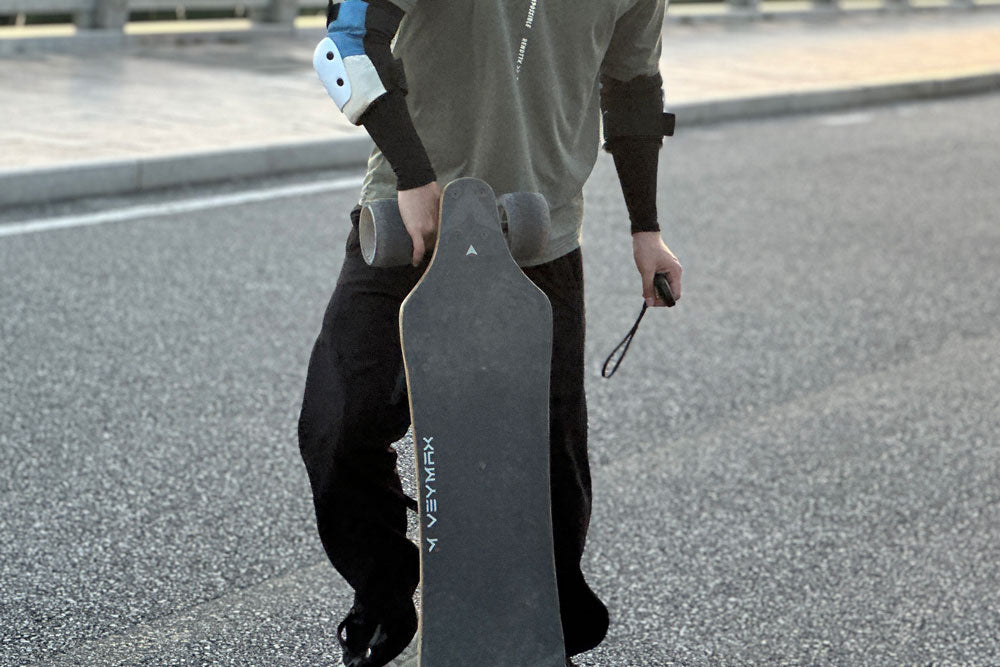
Riders can also make use of bike lanes and paths and take shortcuts through paved trails in parks and through alleyways and other places cars can't go. Riders who own their own skateboard are not bound by anyone's schedule but their own and do not have to worry about parking.
A portable electric skateboard is also easy to combine with other forms of transportation if one has to make a longer trip or the weather stops cooperating. This makes traveling by skateboard the most flexible choice, and one that enhances public transportation systems rather than replacing them as rideshares aim to do. Indeed, for commuters who can take an electric skateboard to work, the option solves most of the problems associated with ridesharing and public transportation alone.
Are Rideshares Faster Than Driving?
Rideshares certainly solve the parking problem and catching a rideshare can often be faster than waiting for a bus or subway, though it can also be over double the price. If you're concerned about the environmental impact of your ride, it's important to recognize how ridesharing services have impacted public transportation systems by replacing, rather than enhancing, them.
The comfort and convenience of ridesharing may offset the costs for many commuters, but it can still be a costly option in terms of the sedentary time one spends on the way to and from work: time that could be much better spent. Rideshares are plentiful and it's tempting to hop in a car to take you where you need to go. On the way there, however, you'll still contend with the same traffic snarls as all the other drivers on the road.
Subway and Other Forms Public Transit
Even in the best of times, riders cannot control the schedule or the speed of public transportation. As anyone who has ever waited for a late train or bus can attest, that lack of control can present serious problems. A twenty-minute commute can end up taking twice as long when things don't go as planned. This is not the only problem with taking public transportation when it comes to reducing the time spent commuting.
Riding subways and buses hugely reduces pollution from car traffic, and the more people ride public transit, the better services become as agencies are able to recoup expenses and afford upgrades. Additionally, like ridesharing, public transit eliminates the need for parking, which can add time and expense to an urban commute. But not everyone lives conveniently close to a subway or bus station. The walk to and from the station or stop and the need to make transfers along the way can majorly extend a short trip.
Census data shows that the average commute for bus riders is 45 minutes, while the average subway rider spends an average of 47 minutes traveling to work. Riders of commuter rail services spend upwards of 71.9 minutes commuting to work and back. In most of these cases, traveling by private car or rideshare might be faster, but the financial and environmental costs can be prohibitive.
Commuters are discovering the benefits of taking e-skateboards to work as they also ride them to safeguard their health. As ride hailing decreases and bike lanes open up around in cities around the world, this trend is likely to continue. At least one positive outcome from the current crisis may be that getting to work could soon become a lot less terrible.
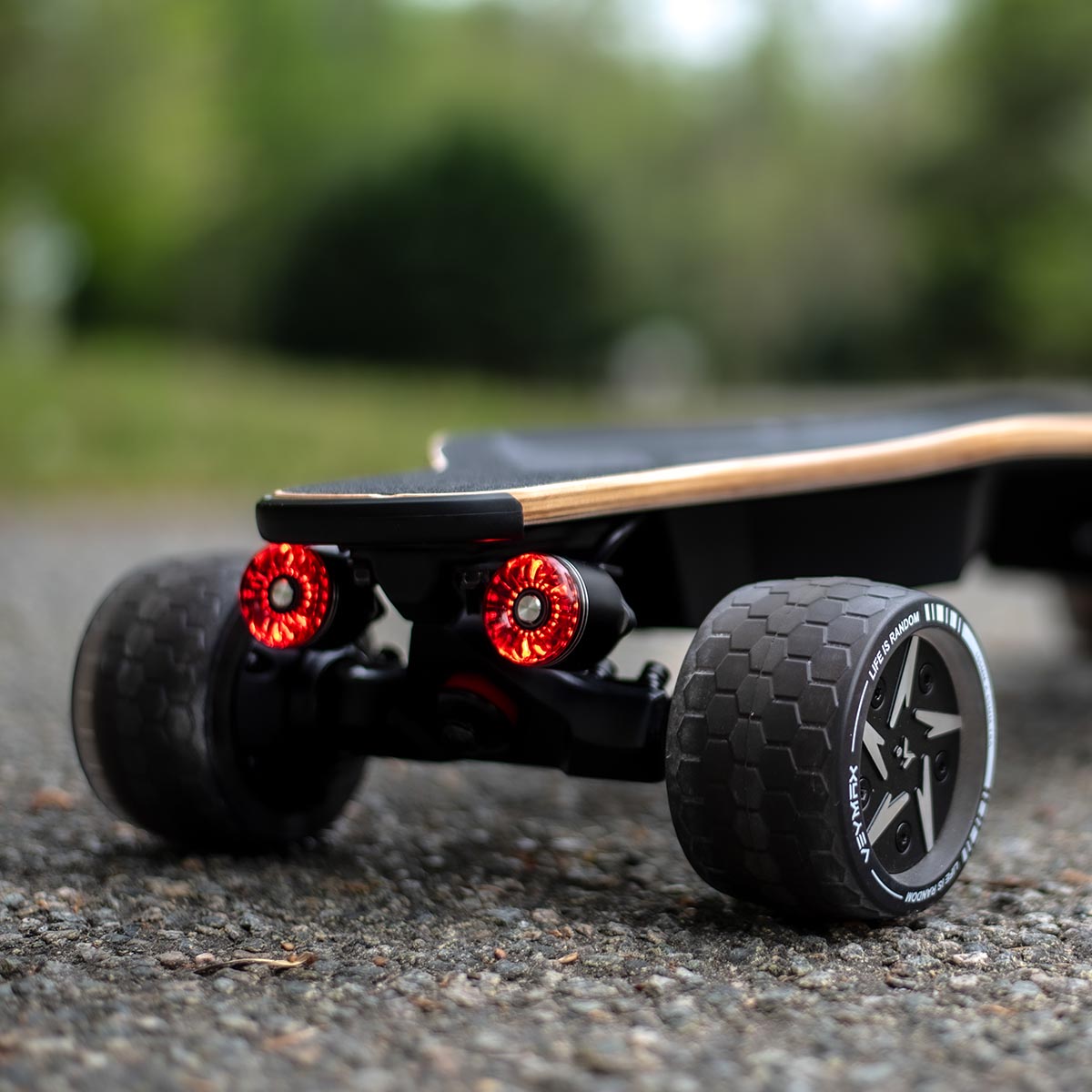
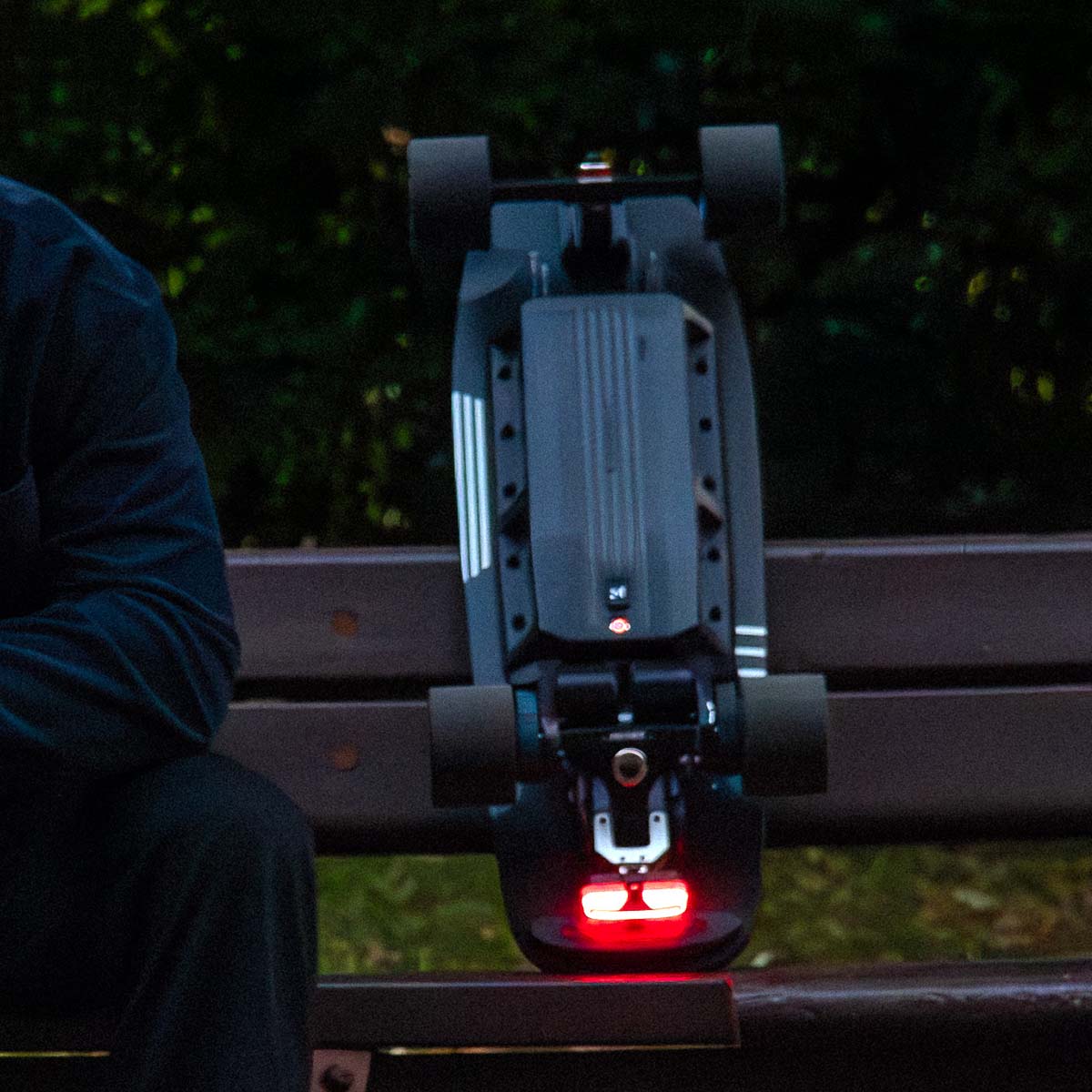
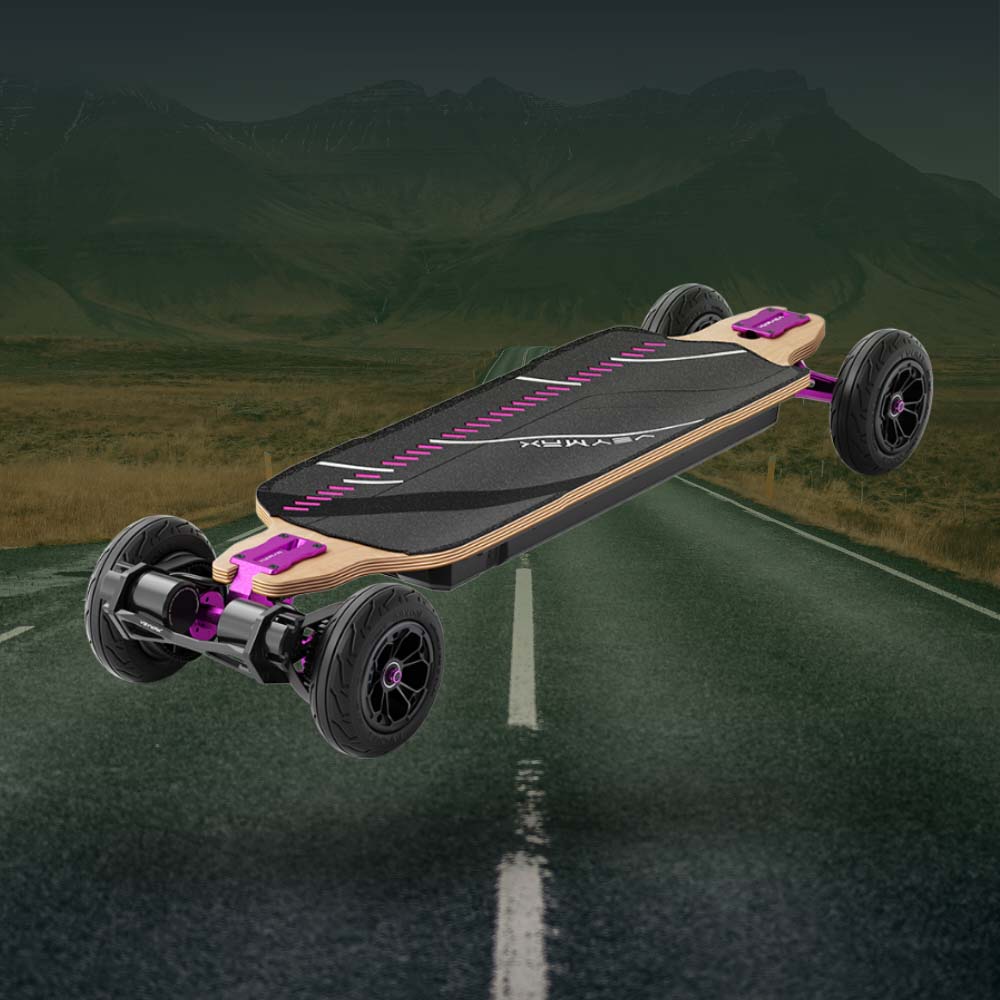


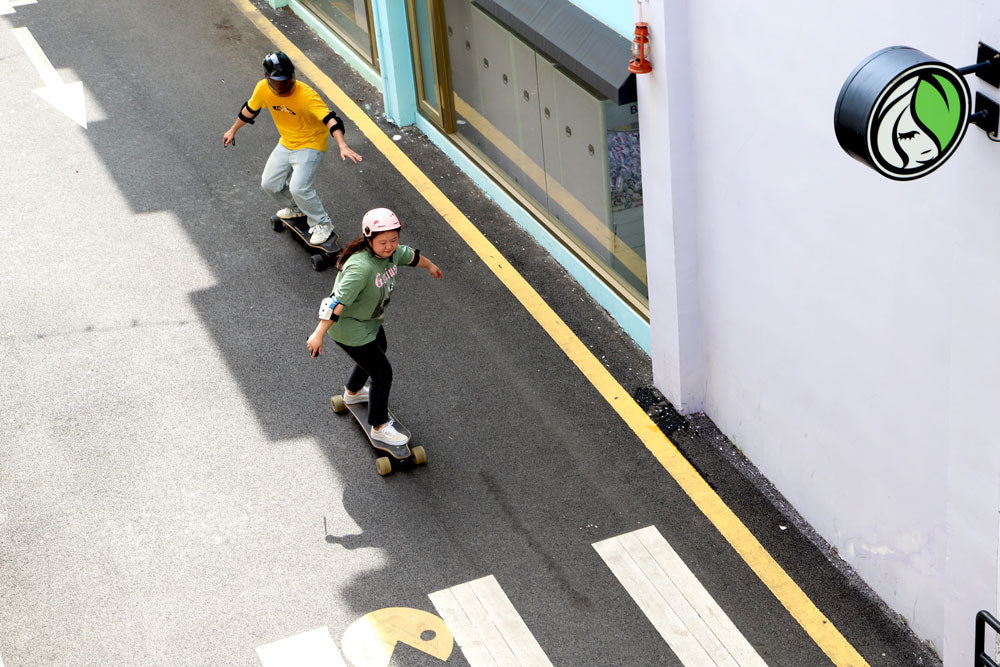
Leave a comment
This site is protected by hCaptcha and the hCaptcha Privacy Policy and Terms of Service apply.